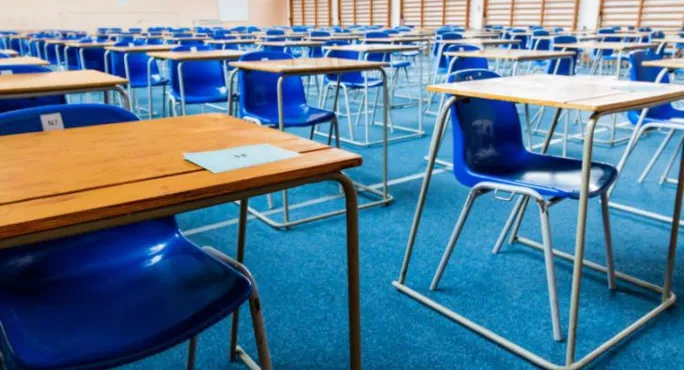As schools await the impact of this year’s GCSE results on their league table placings, it has been announced that they face even more public scrutiny with the introduction of a host of extra indicators. Nine additional columns in the annual rankings, covering everything from the performance of the most academic pupils at key stage 3 to the “added value” made in Years 12 and 13, are to be published in December for primary schools and January for secondaries.
Further measures, including the progress that children make during key stages 2 and 3, are being tried out for introduction a year later.
These reforms have failed to impress the Association of School and College Leaders, which said the league tables, which this winter will feature 44 indicators, were growing “out of control”.
The changes, announced on the Government’s achievement and attainment tables website, include the introduction of a measure ranking schools on the proportion of pupils achieving the Government’s expected level in English and maths at both key stages 2 and 3. It will be published alongside the existing indicators of pupil performance in the separate subjects of English, maths and science. At key stage 3, data will be available on how many pupils achieve level seven or above for each of those subjects.
At key stage 4, two new indicators setting out pupils’ performance in modern languages are being introduced. And for sixth form study, a contextual value added measure of the progress students make after GCSEs is being introduced.
The Government has confirmed that no existing indicator is being scrapped to make way for the new measures. This means there will now be 10 major ways of ranking schools at KS2; 13 at KS3; 16 at KS4; and five at KS5.
In future, the Government will also give data setting out how many pupils make two levels’ progress in English and maths during key stages 2 and 3. And a contextual value added indicator will be introduced, based on the proportion of pupils achieving five good GCSEs including English and maths.
Brian Lightman, ASCL’s president, said: “The league tables just seem to be growing out of control.
“There is far too great an emphasis on the statistical targets implicit in league tables, and on particular national curriculum levels. These were originally only meant to be assessing children’s progress in the run-up to public exams.
The ASCL said it was particularly unhappy that one statistical target - the Government’s insistence that 30 per cent of pupils in all schools achieve five good GCSEs including English and maths - was introduced this year without warning.
Mary Bousted, general secretary of the Association of Teachers and Lecturers, said: “This is a statisticians’ delight, but what use it is to parents and to schools themselves I’m really not sure.
“The Government is just thrashing around with these measures, using league tables as a tired stick with which to beat the education system. “What it should be doing is reassessing how you engage young people in their schooling.”
A Department for Children, Schools and Families’ spokeswoman said: “The indicators in the performance tables are a useful measure for teachers and parents on an individual school’s performance in a variety of areas.”




